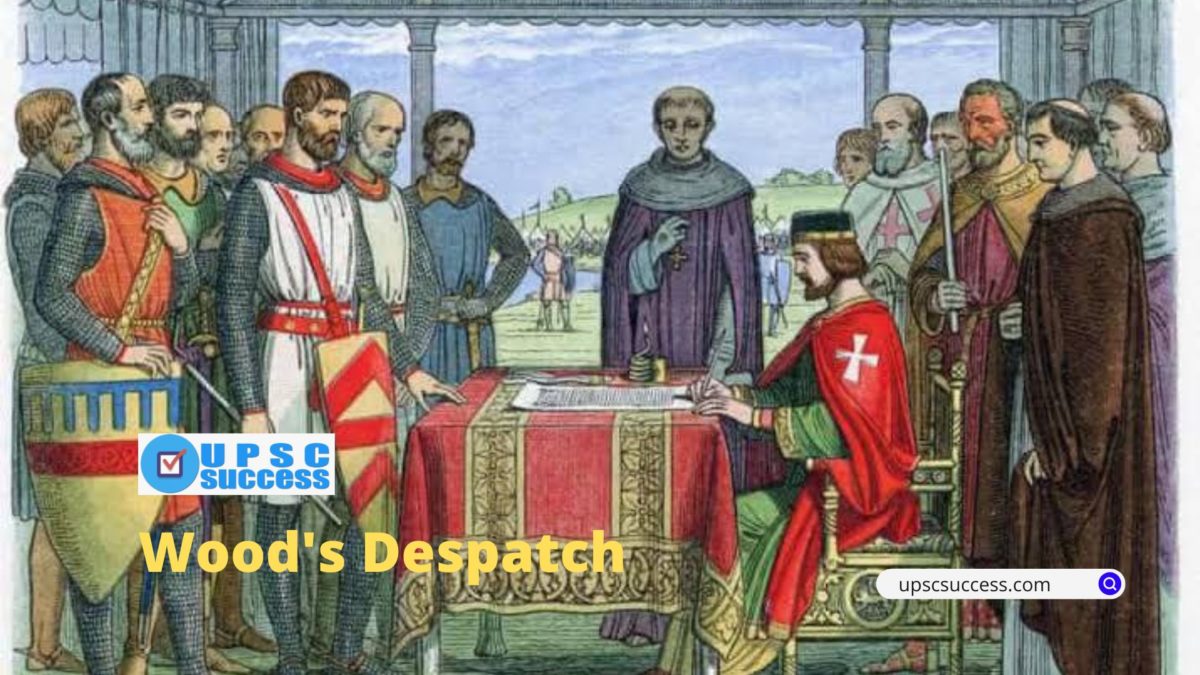Charles Wood was a British Liberal politician and Member of Parliament. He served as Chancellor of the Exchequer from 1846 to 1852. Later he became the President of the Board of Control of the East India Company. In 1854 he sent the “Wood’s despatch” to Governor General Lord Dalhousie.
In 1854, Charles Wood prepared a despatch on an educational system for India.
Considered the “Magna Carta of English Education in India”, this document was the first comprehensive plan for the spread of education in India.
It recommended English as the medium of instruction for higher studies and vernaculars at the school level.
It laid stress on female and vocational education, and on teachers’ training.
It laid down that the education imparted in government institutions should be secular.
It recommended a system of grants-in-aid to encourage private enterprise.
FAQs
Lord Dalhousie was the Governor-General of India when the Wood Despatch was introduced in India.
The main objective of the Despatch was to impart Western knowledge to the Indian people and also to develop their intellect and moral character. For the first time in India, the Wood’s Despatch recommended the creation of a Department of Public Instruction in five provinces.
Wood’s Despatch is called Magna-Carta of English Education in India because it professed the promotion of western education in India.
The Wood’s Despatch is considered as ‘Magna-Carta’ of English Education in India. Charles Wood was the President of the Board of Control of East India Company.
In 1854 Charles Wood, a British Liberal politician sent the “Wood’s despatch” to the Governor General Lord Dalhousie. It primarily dealt with educational reforms.

